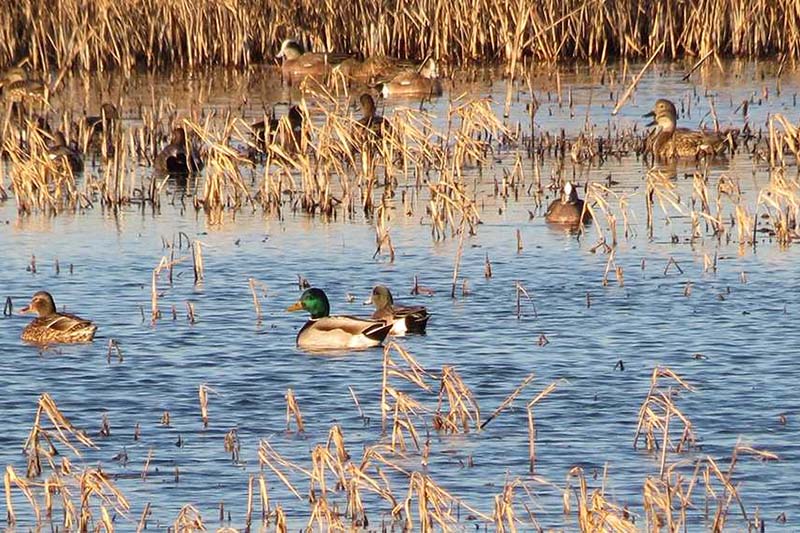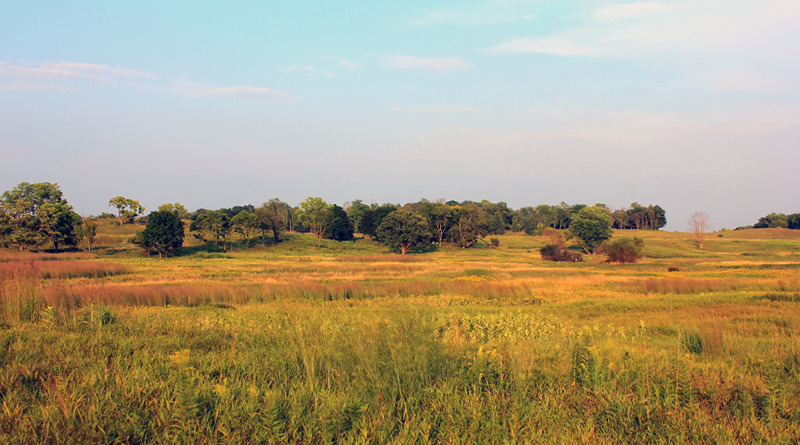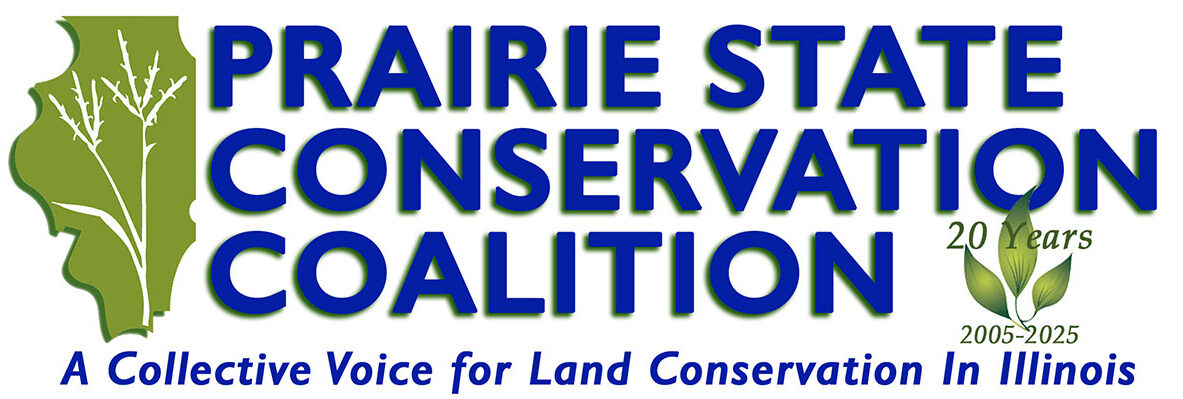

What is a conservation land trust?
A land trust (also known as a land conservancy) is a nonprofit organization that, as all or part of its mission, works to permanently protect, conserve, or preserve land. Often, conservation land trusts also work to manage, restore, and steward land after the land has been permanently conserved.
How do conservation land trusts conserve land?
Conservation land trusts use two primary tools to conserve land. The first tool is land acquisition. By acquiring land, the conservation land trust, as the landowner, has the power to use the land for conservation purposes and to prevent activities on the land that may be detrimental to these conservation purposes.
The second tool that conservation land trusts use to conserve land is called a “conservation easement.” A conservation easement is a permanent legal agreement between a conservation land trust (or a government agency) and a landowner. Under a conservation easement, certain features of the land, such as wildlife habitat or historical sites, are legally protected from misuse or destruction. The landowner continues to own the land, may sell the land or pass it on to heirs, and may continue to use the land for certain activities. The conservation easement remains in effect even after ownership of the land has changed. A conservation easement does not give the public the right to access the land.
Conservation land trusts will often partner with governmental conservation organizations like county forest preserve districts, conservation districts, the state Department of Natural Resources, and the U.S. Fish and Wildlife Service to protect and steward land.


What types of conservation land trusts are there?
Conservation land trusts can vary widely in size. Some may have hundreds or even thousands of employees while others may be operated entirely by volunteers. Some conservation land trusts seek to conserve land on a national or global scale while others may focus their efforts more locally in a single village, town, city, or county.
Each conservation land trust is different in their purpose and scope. Some conservation land trusts focus their work exclusively on permanent land conservation and land stewardship. Other conservation land trusts include other programmatic activities in their mission work such as environmental education, renewable energy, and community development.
A conservation land trust may focus its efforts on conserving specific types of land. In general, every conservation land trust exists to conserve land containing either natural habitat for plants and animals, farmland, scenic areas, historical or archaeological sites, trails and other recreational resources, or some combination of these five things.
Are there other kinds of land trusts?
Conservation land trusts use two primary tools to conserve land. The first tool is land acquisition. By acquiring land, the conservation land trust, as the landowner, has the power to use the land for conservation purposes and to prevent activities on the land that may be detrimental to these conservation purposes.Yes. In Illinois and five other states, the term “land trust” is often used to refer to a specific type of legal tool called a “trust.” Private landowners can place their land into such trusts for financial or legal reasons. Lands that are placed into these types of trusts typically have nothing to do with permanent land conservation. For this reason, the term “conservation land trust” is often used in Illinois to distinguish between conservation land trusts (i.e., land conservancies) and these other types of land trusts.
Is there any official paperwork that needs to be completed for a nonprofit organization to become a conservation land trust?
No. Any nonprofit organization that seeks to conserve land as part of its core mission may be considered a conservation land trust. However, some nonprofit organizations that permanently conserve land may not self-identify as conservation land trusts.
Conservation land trusts that seek to operate at the highest standard may seek accreditation by the Land Trust Alliance. However, this accreditation is not required to be considered a conservation land trust.
In Illinois, there are more than 40 conservation land trusts:
- 2024 Land Trust Statewide Map
- Land Trusts by region
- Interactive map from the Land Trust Alliance to find a land trust near you
